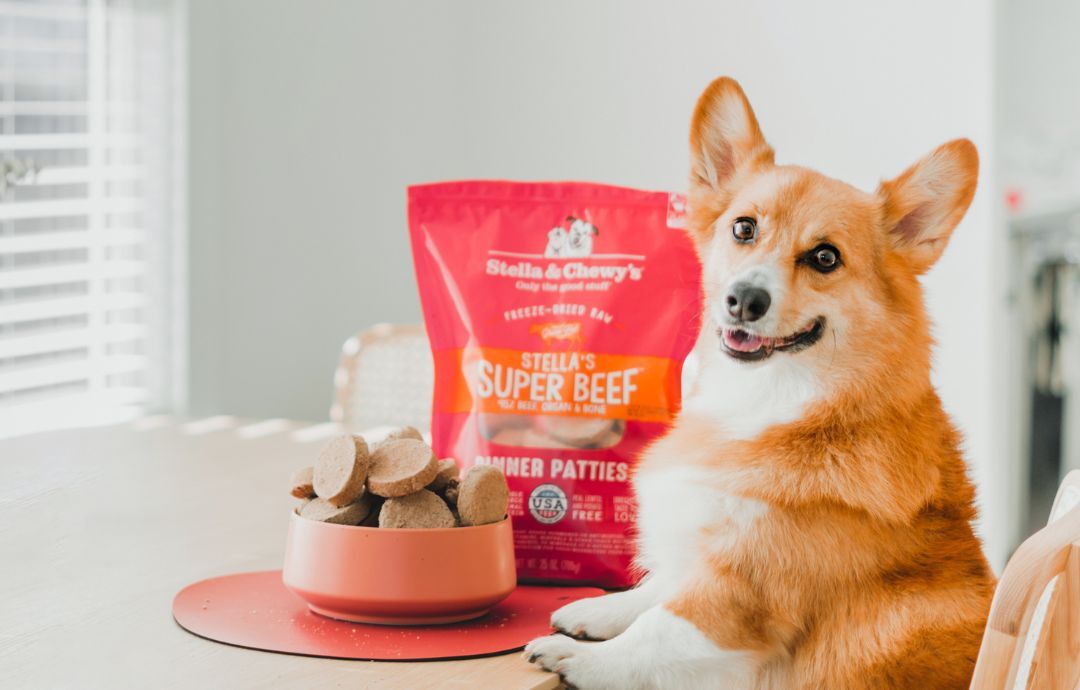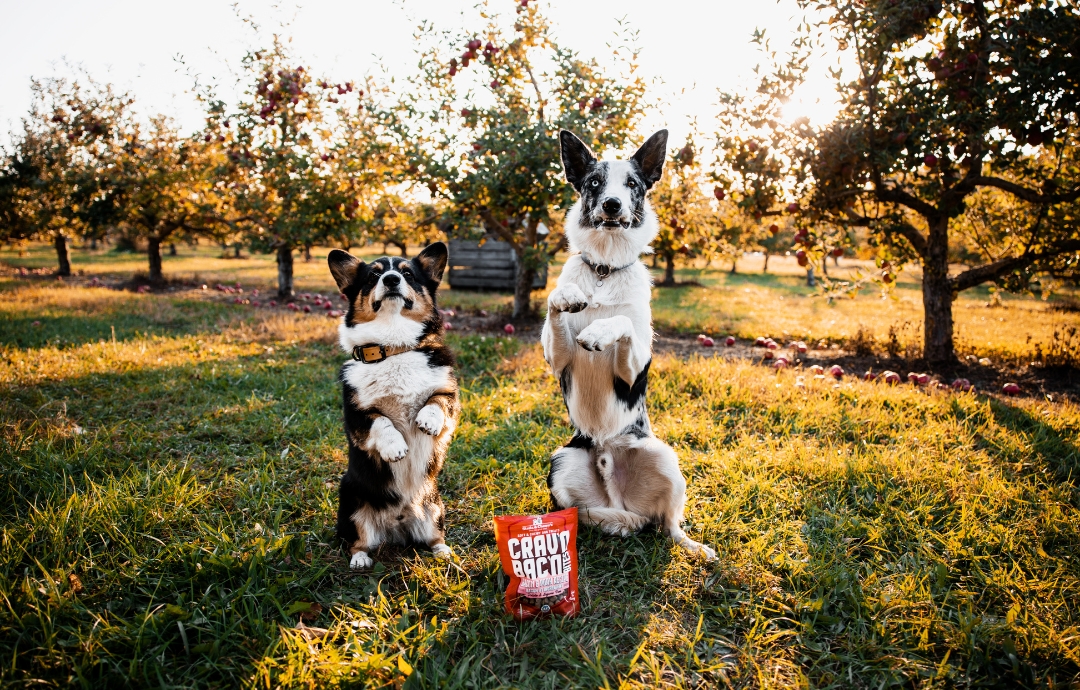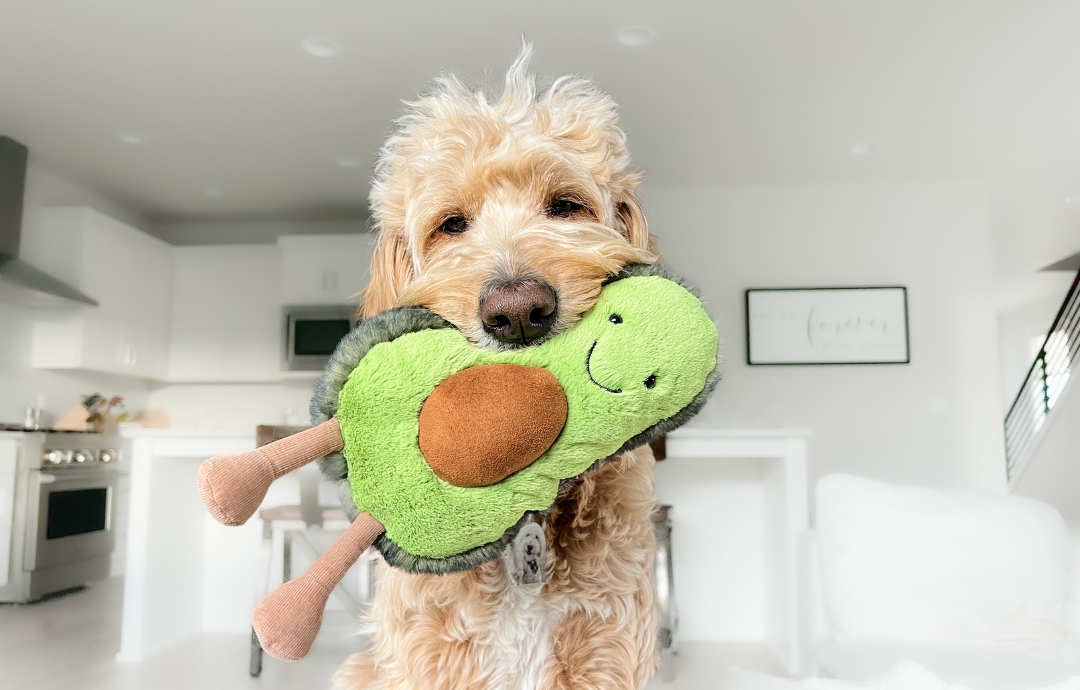Dogs don’t see in color the same way people do: they can only see blue and yellow, but not red or green. This is because we have three types of cones in our eyes (red, blue and green), while dogs only have two types (blue and yellow). Dogs’ eyes also have fewer cones than ours, so colors don’t look as vibrant to them.
What Your Dog’s Vision Is Like
Whether a dog is looking at fluorescent or primary colors doesn’t matter – they’re still only able to see shades of blue and yellow distinctly, whether they’re neon or regular colors.
Colors Dogs See Best
Dogs see blue colors best of all. Blue-greens and purples will also look like shades of blue to your dog, but they can’t discern between them as well as you do. Dogs also see yellow clearly, while oranges and greens look like shades of yellow with varying amounts of gray mixed in.
Colors Dogs See Worst
Dogs can’t see red at all, so reds and pinks look like shades of gray to your dog. How dogs see brown depends: if it’s a reddish brown it’ll look gray, but yellowish browns will look yellow-gray. Because dogs can’t see red, if they’re in a room lit only by red light they won’t see any colors at all, only shades of gray (a person in a red-lit room will see everything as a shade of red).
Dogs Can Still See Colors in the Dark
People have more cones in their eyes, but dogs have more rods, which are the cells that detect light. This means your dog can see better than you can in low-light conditions (and cats can see even better in the dark than dogs). The colors a dog sees in low light compared to bright light are the same, they’re just more muted when there’s less light. It’s the same for people—think about how a blue shirt looks in bright daylight vs dusk: you can still tell it’s blue, but with less contrast.
Dogs Aren’t Colorblind
Color blindness is a term that applies to humans, not dogs. Some people have red-green or yellow-blue color blindness, meaning they can’t tell the difference between those colors. Dogs have dichromatic (two-color) vision, which means it’s normal for them to only see shades of blue and yellow. According to VCA Animal Hospitals, there are no documented cases of true color blindness in dogs.
Dogs with Cataracts Don’t Lose Color Vision
If your dog has cataracts that doesn’t affect their color vision. Whether in dogs or people, cataracts block light and the visual field, making everything look cloudier and dimmer.
Most Dogs Are Nearsighted
In general, dogs can see clearly close up but not at a distance – most dogs have 20/75 vision (more or less). So your dog would need to be 20 feet away from an object to see it as well as you do from 75 feet. But each dog is unique, and some dogs see better than others. Certain dog breeds (like Labrador Retrievers) are bred to have better eyesight.
Dogs Have a Wider Field of Vision
Because a dog’s eyes are oriented more to the sides of their head instead of front-facing like ours, they have a much wider field of vision than we do. So your dog can detect peripheral movements before you can. Also because of how a dog’s eyes are positioned, they have less depth perception than we do so it’s harder for them to judge distance. But dogs still excel at tasks like hunting, herding and search and rescue because of their excellent motion detection, low-light vision, hearing and smell.
What You Look Like to Your Dog
Your face probably looks like some shade of gray or yellowish gray to your dog, because all skin colors have warm, cool or neutral undertones with varying amounts of pink and yellow in them. But these undertones are subtle and hard for dogs to pick up on. Your dog can identify you by your facial features, but the way you smell and sound is much more distinctive to your dog than how you look!
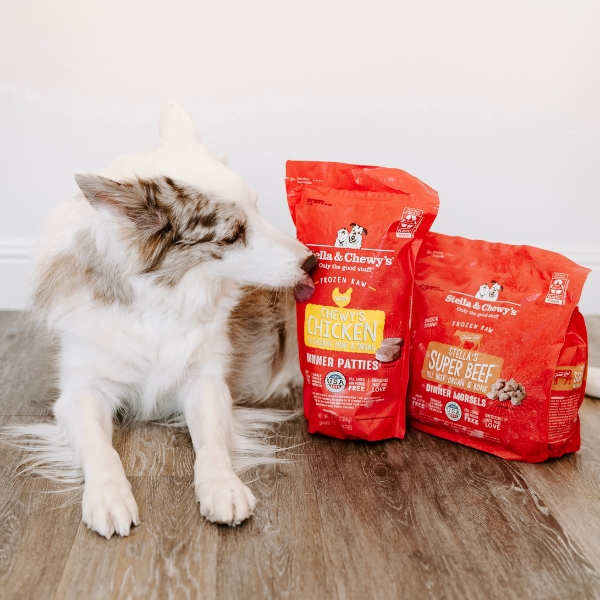
Choosing the Best Toy Colors for Your Dog
Keep your dog’s unique color vision in mind when picking out toys to make playtime even more fun and engaging:
- Blue and yellow are the best colors for dog toys because they’re easiest for them to see
- Avoid red and green toys which look gray and aren’t as easy for your dog to spot – especially against a green background like grass
- Choose toys with a variety of shapes and textures to better engage your dog’s senses
If you’re using a red ball to play fetch and your dog isn’t showing a lot of interest, it might just be too hard for them to track – try a blue ball instead!
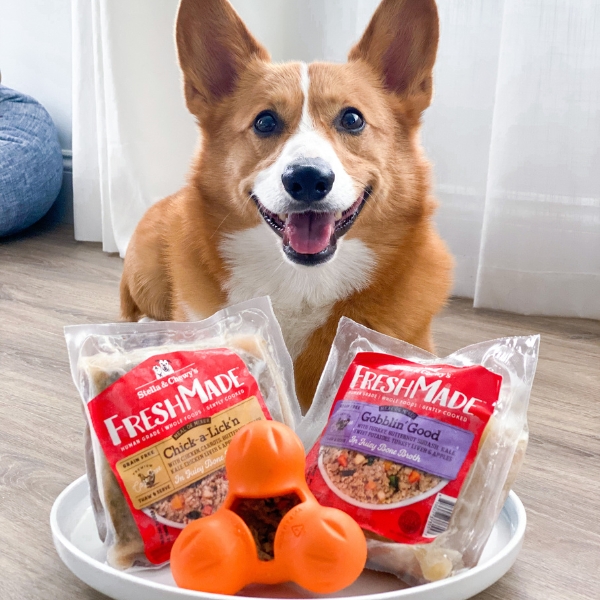
Using Colors to Make Training Easier
Learning new things requires concentration. If you’re using visual cues to train your dog, working with colors they can easily see will make it easier for them to follow your commands:
- For agility training, choose blue or yellow equipment like tunnels, poles and markers
- Use colors consistently for different training exercises: for example hurdles are always blue, but cones for marking turns are always yellow
- Make sure your training aids have a strong contrasting color with the environment you’re training in– blue or yellow objects stand out well against green or brown outdoors, but if you’re doing an indoor obstacle course on blue carpeting then yellow or white will stand out best.
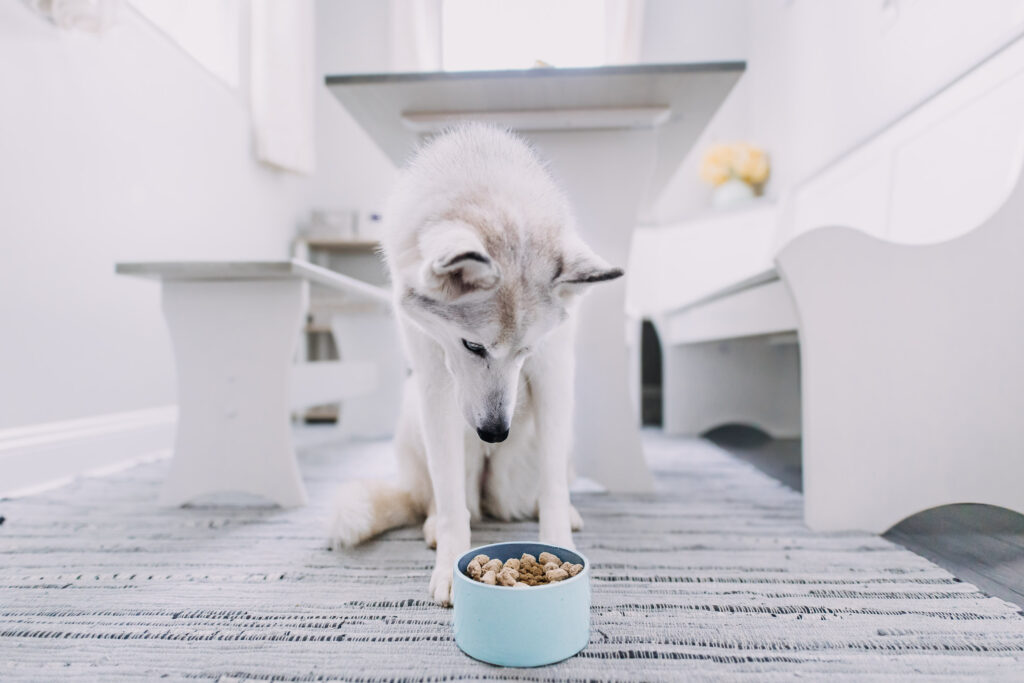
How Colors Can Help with Dog Enrichment
Just like people, dogs get more mental stimulation from environments they find more interesting. In areas of your home where your dog spends the most time, incorporate colors they can easily see. For example you can choose a blue dog bed instead of a brown one to help it stand out against a wood floor or beige carpeting. Including more shades of blue and yellow (as well as colors that contrast sharply) can make indoor spaces more engaging for dogs and easier to navigate.
You don’t have to add blue or yellow decor if that’s not your style! Different patterns and designs can also be helpful. You can also rotate your dog’s toys and other items to prevent boredom.
Keep reading to learn more about dog enrichment activities!


